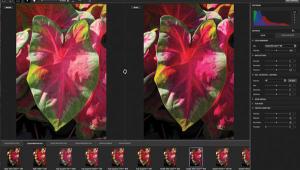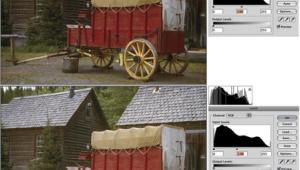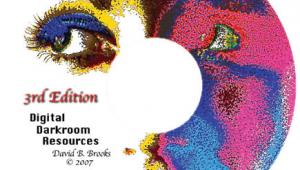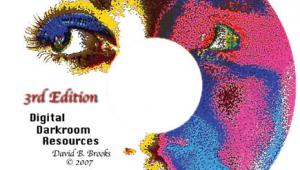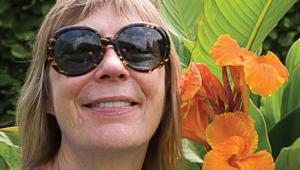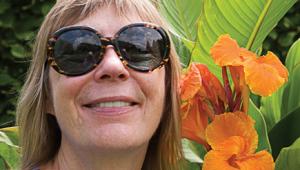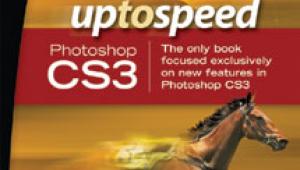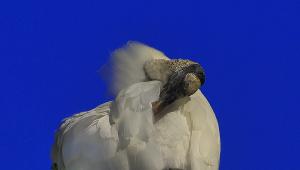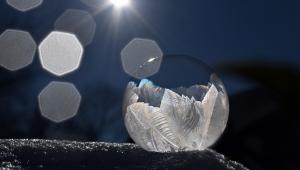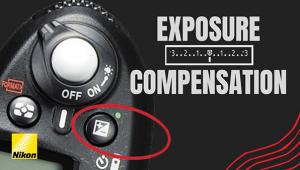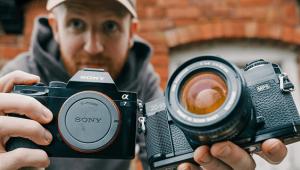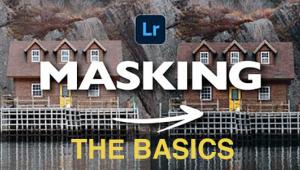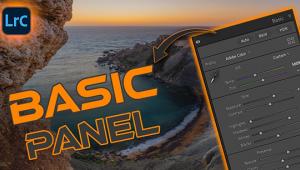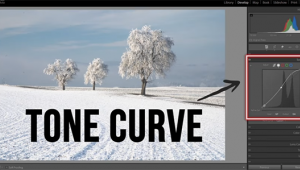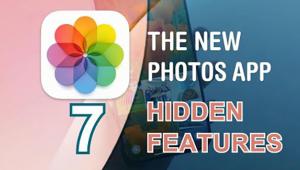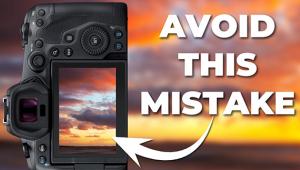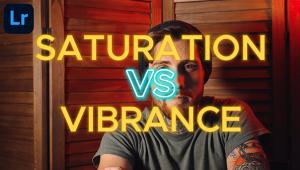Using Flat-Bed Scanners For Film; Can They Replace Dedicated Film Scanners? Page 2
See the captions under each photograph for detail comments on the scans. Satisfied with the color recording capability of each scanner I was hoping the dynamic range would be comparable. Dynamic range is the range of film density the scanner can record with detail. The Polaroid claims a range of 4.2, the Epson, 3.8, and the Microtek, 4.2. The D-min is the minimum density the scanner resolves (close to zero), and the D-max is the maximum density. The highlight and shadow detail for the Epson and the Polaroid appeared to be similar and of high quality. However, the Microtek scan had very noticeable blown out whites and blacks. How could this be, with a claimed 4.2 dynamic range? A 4.2 maximum density is considered high for a flat-bed or low-cost scanner. However, a manufacturer's claim of high performance can be tarnished by noise and distortion introduced by one or more electronic components. I tested two identical Microtek ScanMaker i900 units and got identical results.
Conclusion
Because today's flat-bed scanners now can handle a wide range of film
formats, scan at high resolution, and batch-scan many images with ease, they
provide a very appealing alternative to dedicated film scanners. Dust is an
issue for the Epson and other conventionally designed scanners. The ability
of the film holders to hold film flat can also be a concern, particularly with
medium and large format film. Makers of drum scanners for the graphic arts world
have long known that scans are sharpest when film is held in a curved position
relative to the scanner's optical scanning elements and lenses. Flatter
film is going to be sharper edge to edge and it demands less of the scanner's
autofocusing mechanism. The Imacon Flextight film scanners (www.imacon.dk, not
tested for this article) employ a unique design that secures the film in a magnetic
holder that curves the film without the use of a glass drum. While these scanners
cost many thousands of dollars more than the units covered in this article,
they are worth mentioning because they are so well regarded by professional
photographers.
Your own workflow may be the deciding factor. I can scan many more frames per
hour with the flat-bed than I can with the Polaroid SprintScan. This is especially
useful to me when I need to create many low-resolution files to post on a website.
But then again, dust can be a major issue, and the time saved with batch scanning,
can be lost many times over when I have to clean up hundreds of dust specs in
a Photoshop file. Note: the familiar dust and scratches filters in most photo
editing applications that use a softening routine to eradicate dust are only
useful for cleaning up areas of continuous color, or featureless regions in
a file. And, the magical powers of Digital Ice can dramatically slow down your
workflow. So, I strive for less dust to start with. My tests reveal that the
flat-beds can produce files that rival those of the dedicated film scanners.
Comparison Scans
 |
|
|
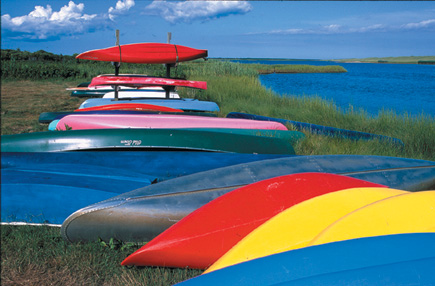 |
|
|
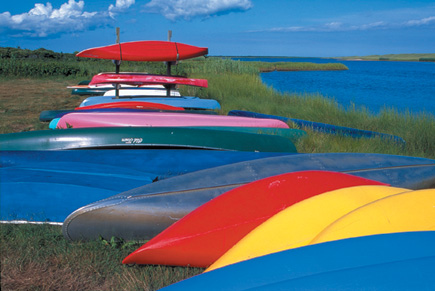 |
|
|
Choosing Between The Tested Units
The Microtek ScanMaker i900 is a well-designed scanner that may be underpriced
when you consider the value of the engineering that went into it. I really like
being able to set up a scan job on a film template, blow off the dust for all
the frames at once, and quickly insert it in the sliding film tray for quick
processing. Although the factory software is powerful and has a professional
look and feel, it will probably not intimidate advanced professional photographers,
artists, and computer users. However, I was perplexed and concerned that the
D-max and D-min areas of one of my test images were blown out. Did Microtek
err in its claim of 4.2 dynamic range?
Comparison Scans
 |
|
|
 |
|
|
 |
|
|
The Epson Perfection 4870 Photo, like the Microtek, is a great value for the money. My tests yielded what I considered to be the better overall scans. However, the Epson software interface is too amateurish for my needs--I'll use the familiar Silverfast. The film holders have a cheap feel, and you can't pre-load the slide holder. But the scan quality generally matched the scans I got from my Polaroid SprintScan and this gives the Epson the edge in my book.
Paul Mozell is a professional photographer, writer and consultant. See his work or contact him at mozellstudios.com.
- Log in or register to post comments
